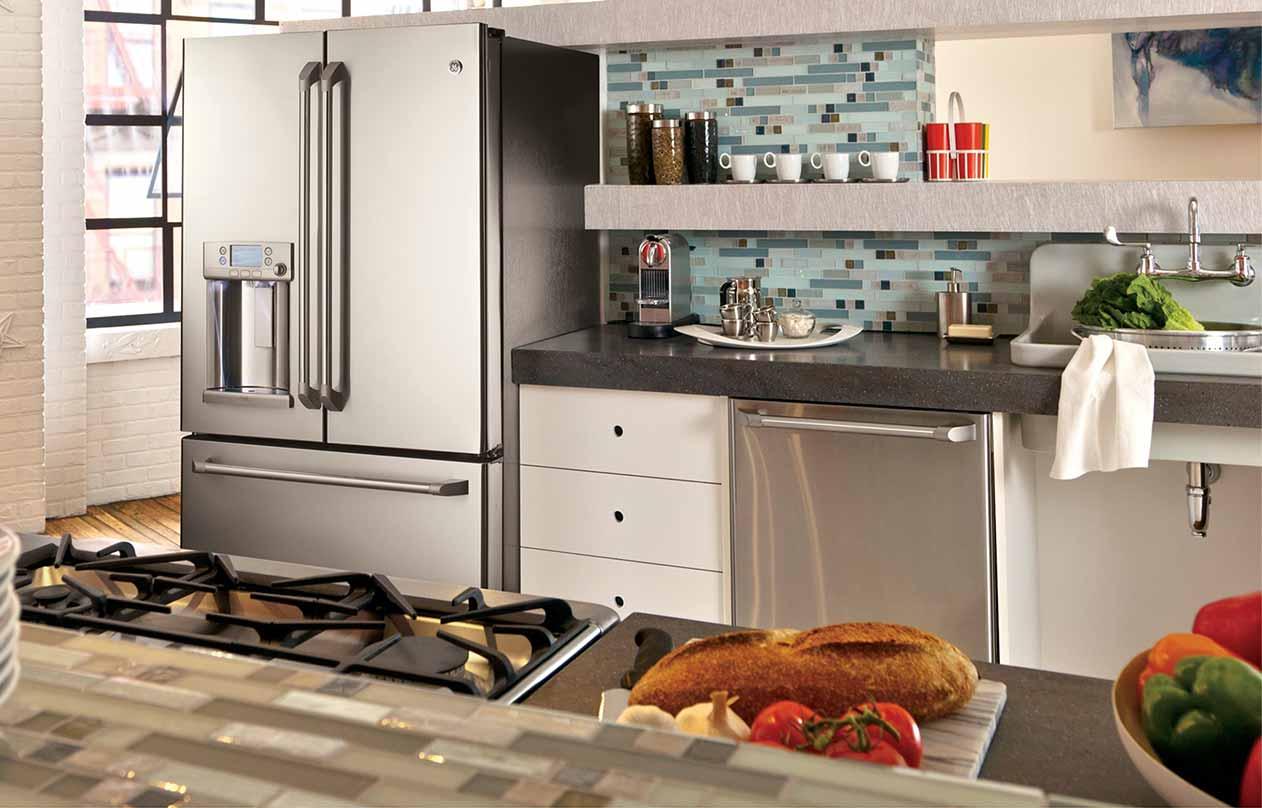
The modern refrigerators, washing machines and clothes dryers we take for granted today are much more more efficient than those used by our parents and grandparents. And according to a report released this week, the result is billions of dollars in utility savings.
The Appliance Standards Awareness Project (ASAP) and the American Council for an Energy-Efficient Economy (ACEEE) came together on the report -- and they tallied big savings for Americans. They claim the average American family saved about $500 on utility bills in 2015. Businesses saved big, too – as much as $23 billion collectively due to energy-efficiency standards such as Energy Star.
The states whose residents saved the most money are noted for either their cold winters or humid summers, including Connecticut, Massachusetts, Rhode Island, Alaska, New York, Vermont and New Jersey.
Hawaii residents saw the biggest annual cost savings: $945 on average in 2015, though of course Hawaii’s electricity and energy costs are the highest in the nation.
California’s reputation for resource efficiency also paid off, as its residents ranked ninth in the country with annual savings of $552.
Innovation in appliances are primarily behind the big savings. According to the report, a refrigerator purchased today uses on average a quarter of the electricity as a model sold in the 1970s. Yet today’s refrigerators are also relatively huge and have many more bells and whistles, including the expected water dispensers, ice makers and automatic defrosting. In real dollars, consumers are also winning, as the typical refrigerator bought in 2010 was only half the cost of one purchased in the mid-1970s.
And we shouldn't underestimate light bulbs for their impact on lower electricity bills. Howls of protests erupted in 2007 when the Energy and Independence Security Act was signed into law by President George W. Bush, and then during Barack Obama's presidency as incandescent light bulbs were phased out. But incandescent bulbs, the 1879 invention that transformed society, also wasted 95 percent of the power they consume on heat.
Halogen bulbs and then compact fluorescent (CFL) bulbs became more commonplace, and now LEDs are the standard. Not only do LEDs use 85 percent less energy on average compared to the bulbs of yesteryear, but they also last up to 25 times longer. And their cost has plummeted, from as much as $20 a few years ago to as cheap as $2 today.
And extra cash isn't the only benefit of more efficient appliances, say the ASAP and ACEEE. The reduction in harmful emissions such as mercury, nitrogen oxides and particulate matter is a boost to public health. Then there are the environmental benefits: The Natural Resources Defense Council (NRDC) suggests that energy-efficient appliances and gadgets prevented carbon dioxide emissions equivalent to 63 million cars.
Speaking of cars, ASAP and ACEEE expect energy-efficiency standards at the federal and state levels to have a multiplier effect over the next several years. When accounting for the savings of energy-efficient products sold between 1987 and 2030, American consumers and businesses will have spent $2.4 trillion less on electricity and fuel costs – or enough money to purchase 70 million new cars.
Image credit: GE Appliances

Leon Kaye has written for 3p since 2010 and become executive editor in 2018. His previous work includes writing for the Guardian as well as other online and print publications. In addition, he's worked in sales executive roles within technology and financial research companies, as well as for a public relations firm, for which he consulted with one of the globe’s leading sustainability initiatives. Currently living in Central California, he’s traveled to 70-plus countries and has lived and worked in South Korea, the United Arab Emirates and Uruguay.
Leon’s an alum of Fresno State, the University of Maryland, Baltimore County and the University of Southern California's Marshall Business School. He enjoys traveling abroad as well as exploring California’s Central Coast and the Sierra Nevadas.














